I have to admit, I wasn’t much of a fan of Georgia’s famed mineral water until about three years in of my being here. I knew the locals swore by it, forcing it down their gullets on a daily basis as a “cure for all,’ especially hangovers. I tried the warm slick Borjomi from the source, the cold metallic juice of Utsera which stained the rocks bright orange, and the sought-after trio pouring out in a park in Tsaghveri, trying to focus on the health of it all, not the taste. Just couldn’t do it. I still struggle with the natural ‘from the source’ water, but I've become totally addicted to the bottled varieties- each and every one of them. I recognize I’m a child of the commercial ‘factory food’ culture, but there are worse things one could be addicted to than mineral water, right? Oh, and you can readily bathe in most of these because they’re good for your skin, too! Check them out, and note this list is just scratching the surface of Georgia’s offerings- keep your eyes open as you’re travelling as there’s guaranteed to be a tap or font spurting mountain or spring water somewhere nearby!
BORJOMI, SAMSKHE-JAVAKHETI
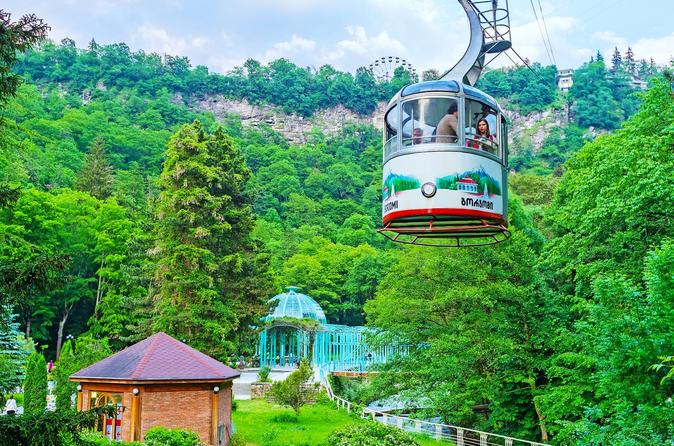
Best known, best exported, this brand’s source water is a water of volcanic origin which is over 1,500 years old. It is pushed up to the surface from 1500m below ground by natural carbon dioxide pressure. Borjomi does not cool down before it reaches the surface and comes out at a temperature of 38–41 °C (100–106 °F). The Borjomi springs are located in the central part of the Adjara-Imereti mountain range of the Greater Caucasus at an altitude of 760–920 m (2,490–3,020 ft) above sea level. In the town of Borjomi, you can pay 2 GEL to enter the Borjomi Park and taste the water direct from its source, though be warned, it is quite unrecognizable from the bottled water you may be used to! It comes out warm and flat and tasting strongly of minerals. But Georgians (and Russians) swear by it to treat various ills of the stomach.
NABEGHLAVI, GURIA
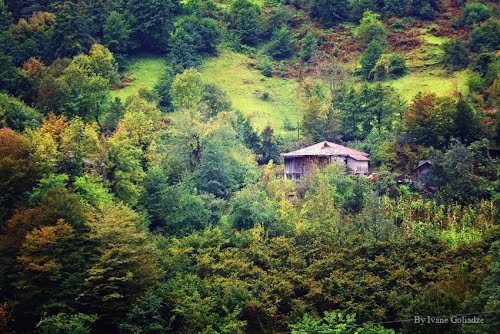
The source of mineral water is located on the territory of health resort Nabeghlavi, in Guria, western Georgia, first discovered in 1905. According to legend, local inhabitants of the region noticed that buffalos were especially attracted to one of the water sources; the very same source later that offered water of a special taste and curative properties. Nabeghlavi water is formed at depth of 2000–3000 meters. The infiltrated waters travel through various layers of substrate and rocks, absorbing a specific combination of minerals and trace elements. It is naturally sparkling as it is infused with natural carbon dioxide (CO2). The resort means a village up a steep hill, but you’ll want to pass both left turnings at cross the bridge at the shining new Nabeghlavi bottling factory. Nestled amongst remnants of the Soviet past is a small park and a large building housing a tap. Fill up a bottle then sit and enjoy the roaring river nearby!
UTSERA, RACHA
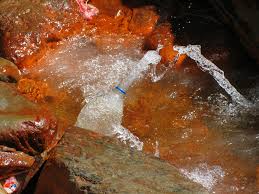
The resort of Utsera is located in Upper Racha, 15 km from Oni. The name of the village is linked with the Georgian queen, Tamar:when she was in Racha, she visited Utsera, was enchanted with its beauty and said: “Oh, what unspeakable beauty.” Legend claims that over the course of time, the word ‘unspeakable’ changed and the settlement became known as ‘Utsera’ (un-writable’ in Georgian). The water is in one place Borjomi-like, in another magnesium-calcium, with a general mineralization of 1,8-2,0 g/dm3. 50 thousand liters pump out of the ground per day of the Borjomi-type and 500,000 of the magnesium-calcium. Both sources can be found by the road- one on the river side down some steps (we dare you to put your feet in those icy depths!), the other on the left-hand side spouting out from a purpose-made stone font.
SHOVI, RACHA
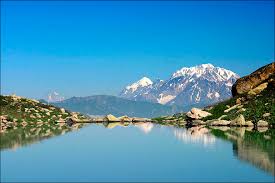
The spa of Shovi located in Racha, 1520 meters above the sea level and features several flowing springs of mineral water (hydrocarbon sodium and potassium) which are known among the local residents as “sour waters,” effectively used to treat bile and urine ducts.
TSKHALTUBO, IMERETI
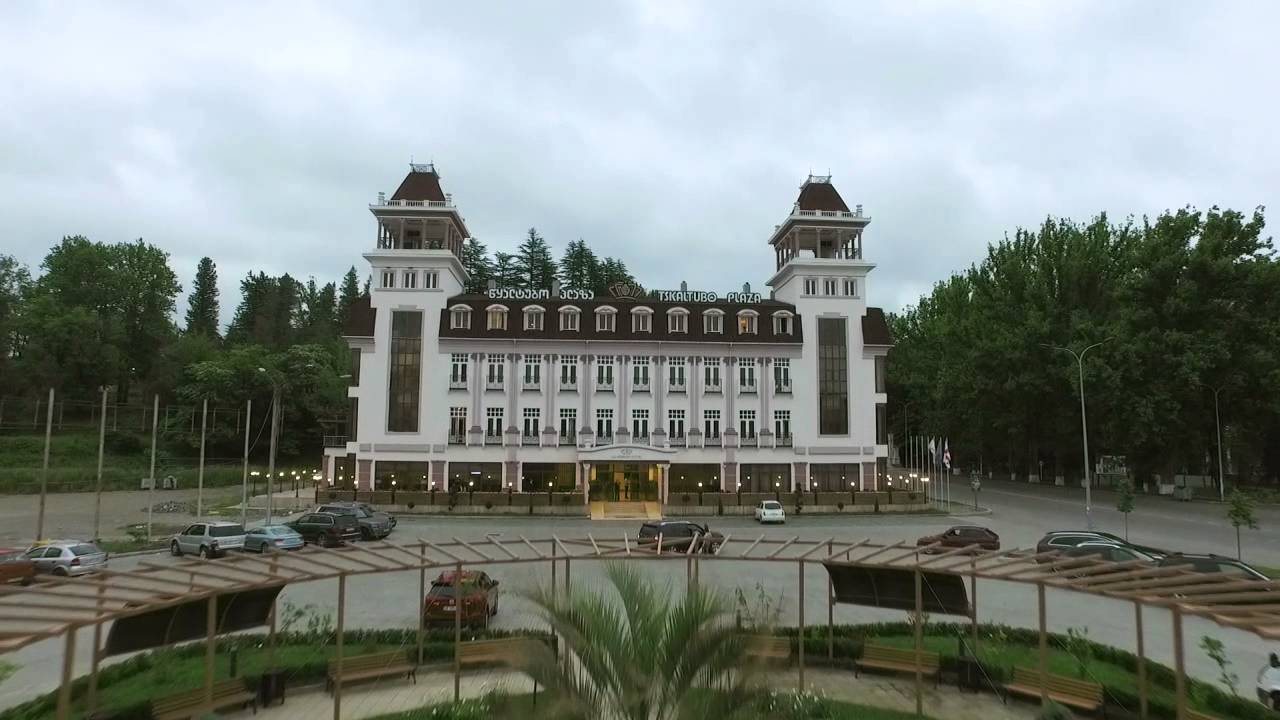
The resort’s fame was won by its unique mineral water, well-known even in ancient times. The water offers stable-chemical properties, belonging to the class of “weak radon, chloride-hydrocarbonated-sulphate” and “sodium-calcium-magnesium” waters, rising from the earth at a steady temperature of 33-35 °C.
The waters are said to help treat illnesses of the locomotor, heart-blood vessel, and nervous systems, gynecologic disorders, and skin and endocrine diseases.
Our top recommendations are bath houses #1 and #6, which are built directly on the springs. The biggest in the town, bath-house #6 was built for Stalin in 1951, though his death in 1953 meant he only got to visit once. The frieze above the entrance shows lines of simple Georgian folk lining up to greet Stalin, who stands in the center shaking hands with his adoring followers, and the interior is grandiose- marble, gold and cooling blues. This bath house offers a variety of private treatments, from showers, massages, and “irrigation” to underwater “spine stretching” and 40 degree mud massages. The water flows constantly, meaning that the temperature and chemical properties remain stable. Bath house #1 offers separate communal pools for men and women, the best I’ve (so far) seen in Georgia- with water bubbling straight out of the stones. Pay your 6 GEL, strip down in the modern changing room, shower, and then head in for a luxurious soak. Outside Bath-house #1 is the public free-of-charge “Beauty Water” flowing from a four-way marble plinth. The water is lukewarm and tasteless, but soaking your face and hands daily is said to help preserve youthfulness. Worth a try!
By Katie Ruth Davies
